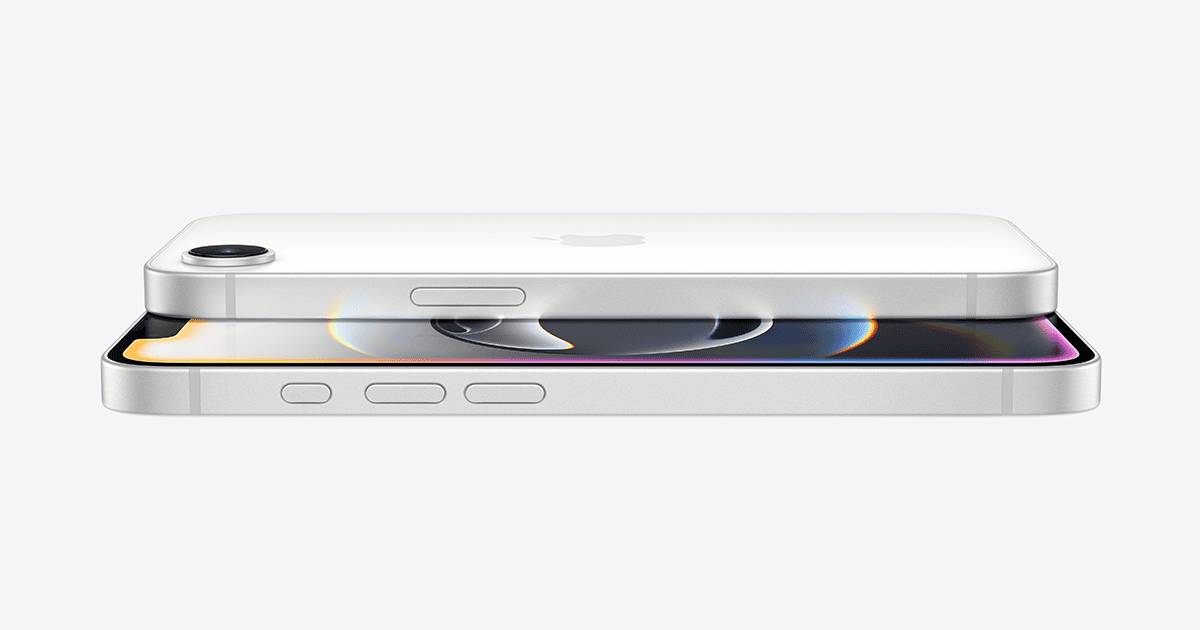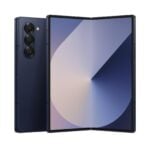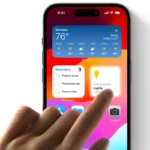Apple’s recent decision to remove MagSafe from the iPhone 16e has sparked debate among tech enthusiasts. According to recent reviews, the budget-friendly device has received praise for many features but criticism for this specific omission. Apple justifies this design choice based on user data showing that budget-conscious consumers predominantly charge their phones via cable rather than wireless methods.
The iPhone 16e marks the first iPhone with a modern design to lack MagSafe compatibility since the feature was introduced with the iPhone 12 lineup in 2020. This removal impacts users who have integrated MagSafe accessories into their daily routines, from car mounts to TV setups enabling FaceTime via Continuity Camera. Many reviewers suggest Apple may have cut too much with this decision.
While Apple maintains that USB-C charging is faster and more sensible for the target market of the iPhone 16e, the absence of MagSafe limits accessory compatibility. This strategic move aligns with Apple’s understanding of different user segments and their charging preferences. The company appears confident that budget-conscious users prioritize practical, efficient charging solutions over the convenience of magnetic wireless charging.
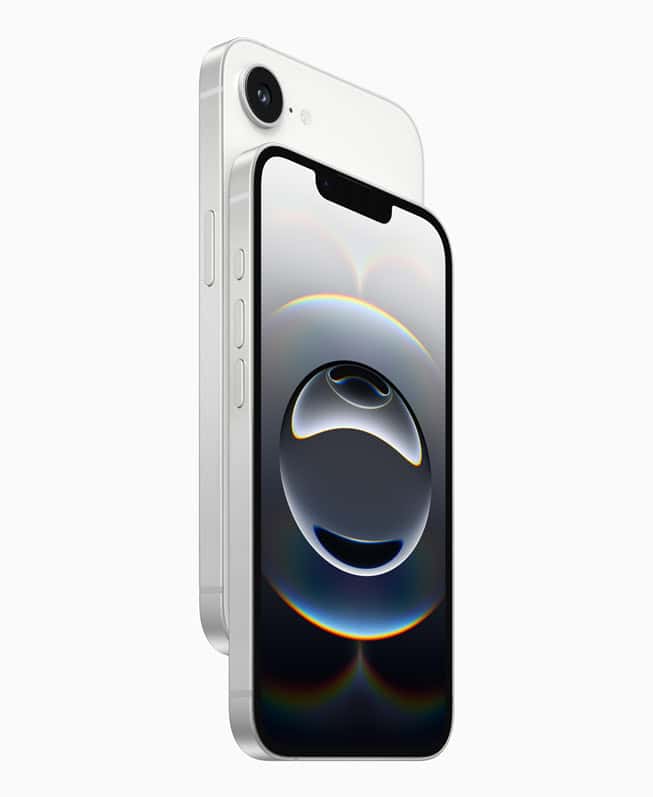
Why Apple Removed MagSafe from the iPhone 16e
Apple’s decision to strip MagSafe from the iPhone 16e has left many users puzzled. While MagSafe has become a staple in Apple’s ecosystem, offering convenient wireless charging and a range of accessories, Apple believes budget-conscious buyers don’t use it enough to justify its inclusion. But is that the whole story?
Apple’s Justification: Cost-Cutting and User Behavior
Apple claims the removal of MagSafe is a response to data showing that iPhone SE and lower-end iPhone users prefer wired charging. Since budget-conscious consumers often stick to the included charging cable or use affordable third-party accessories, Apple argues that MagSafe is an unnecessary feature for this market segment.
By cutting MagSafe, Apple not only reduces costs but also makes room for other internal hardware improvements. The company is reportedly using the extra space to enhance battery capacity and optimize heat dissipation.
What This Means for iPhone 16e Users
The absence of MagSafe doesn’t mean wireless charging is gone entirely. The iPhone 16e still supports Qi wireless charging, but without the magnetic alignment and faster charging speeds of MagSafe. This means users will have to carefully place their devices on traditional wireless chargers to ensure proper contact, and charging will be slower compared to MagSafe-enabled iPhones.
Additionally, MagSafe accessories—including Apple’s own cases, wallets, and external battery packs—will no longer magnetically snap onto the iPhone 16e. This could be a dealbreaker for users who have invested in Apple’s MagSafe ecosystem.
Is MagSafe Really That Important?
MagSafe has grown into a major part of Apple’s accessory ecosystem. It enables fast 15W wireless charging, allows for unique add-ons like snap-on battery packs and car mounts, and ensures precise alignment for charging. The convenience factor is undeniable, but it’s not essential for everyone.
Many users of previous budget iPhone models, such as the iPhone SE, never missed MagSafe in the first place. If you primarily charge your phone overnight using a wired charger, MagSafe’s absence might not affect you at all.
However, power users who rely on MagSafe’s quick charging or accessory integration will feel the loss. If you’re upgrading from an iPhone 12, 13, 14, or 15 and have a collection of MagSafe accessories, this change could be frustrating.
A Step Backward or a Strategic Move?
Apple’s removal of MagSafe from the iPhone 16e follows a familiar pattern. The company often removes features from budget models to differentiate them from higher-end versions. In the past, lower-end iPhones have lacked OLED displays, ProMotion, telephoto lenses, and LiDAR sensors—features reserved for pricier models.
Apple’s strategy is clear: If you want premium features like MagSafe, you’ll need to pay for a more expensive iPhone. This move also gives the company more flexibility in pricing the iPhone 16e while maintaining profit margins.
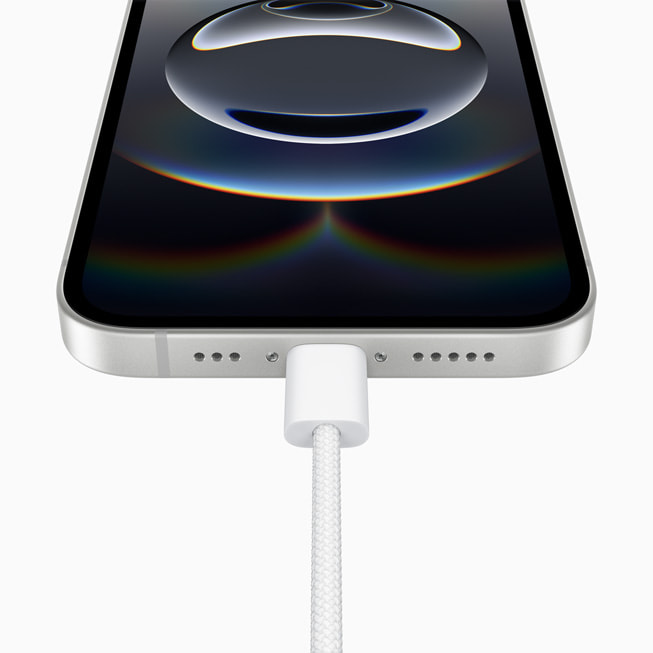
Workarounds for MagSafe Fans
If you’re set on getting the iPhone 16e but don’t want to give up MagSafe functionality entirely, there are some alternatives:
- MagSafe-Compatible Cases: Some third-party cases include built-in magnets that allow MagSafe chargers and accessories to function, though charging speeds may be slightly reduced.
- Magnetic Rings: Stick-on MagSafe-compatible magnetic rings can be attached to the back of the iPhone 16e, restoring magnetic functionality for accessories.
- Wireless Charging Stands: Qi chargers with built-in guides can help align the phone properly to avoid slow or inefficient charging.
While none of these solutions fully replicate the seamless MagSafe experience, they provide an option for users who want some level of magnetic functionality.
The Future of MagSafe on Budget iPhones
Could MagSafe return to future budget iPhones? It’s possible. Apple has a history of removing features only to bring them back later, often in improved forms. If consumer demand is strong enough, a future budget iPhone may regain MagSafe or adopt a new standard.
For now, Apple is making a calculated bet that most iPhone 16e users won’t miss MagSafe. Whether that bet pays off remains to be seen, but one thing is clear: Apple continues to prioritize feature segmentation as a way to push customers toward higher-end models.
Key Takeaways
- Apple removed MagSafe from the iPhone 16e based on data showing budget buyers prefer cable charging.
- The iPhone 16e is the first modern iPhone design since 2020 to lack MagSafe compatibility.
- USB-C charging offers faster performance but eliminates compatibility with existing MagSafe accessories.
Analysis of MagSafe Removal from iPhone 16e
Apple’s decision to remove MagSafe from the iPhone 16e marks a significant shift in their approach to their budget smartphone line, prioritizing different features based on user behavior data and cost considerations.
Consumer Trend Insights and Budget Considerations
Apple’s internal data apparently indicates that budget-conscious iPhone buyers overwhelmingly prefer traditional wired charging methods over wireless options. This preference stems from practical considerations: wired charging is typically faster and more energy-efficient than wireless alternatives.
The removal of MagSafe magnets and associated components likely helped Apple maintain the iPhone 16e’s $599 price point while including more costly features like Apple Intelligence support and the Action Button.
For budget-conscious consumers, the trade-off appears logical. Wired charging at higher speeds provides more immediate utility than magnetic attachment convenience, especially when many budget buyers may not own multiple MagSafe accessories.
The decision also reflects Apple’s understanding that first-time iPhone users and those upgrading from much older models may not have developed habits around the MagSafe ecosystem introduced with the iPhone 12.
Implications for Charging Accessory Market
The iPhone 16e’s lack of MagSafe creates a notable split in Apple’s accessory ecosystem. Manufacturers now face a bifurcated market where high-end iPhone models support the full MagSafe experience while budget models require different accessory designs.
This change will likely prompt accessory makers to develop more universal solutions that work across all iPhone models. Non-magnetic wireless chargers compatible with the iPhone 16e will need to compete on price and functionality rather than magnetic alignment convenience.
MagSafe accessory makers may see reduced total addressable market size with the 16e excluded. Companies heavily invested in the MagSafe ecosystem could experience decreased sales potential.
The 7.5W wireless charging cap on the iPhone 16e (versus 15W with MagSafe) may also drive increased demand for faster wired charging solutions among budget iPhone owners.
Impact on iPhone 16e Accessory Compatibility
Without MagSafe, the iPhone 16e can still use wireless chargers, but limited to 7.5W charging speeds instead of the 15W offered by MagSafe chargers on other iPhone models. This significant reduction means longer charging times for users relying on wireless methods.
The absence of magnetic alignment also affects convenience. Users must carefully position their device on wireless charging pads, increasing the likelihood of misalignment and charging interruptions.
Car mounts, wallet attachments, and other accessories designed for magnetic connection won’t work with the 16e. This creates a potential confusion point for consumers who might assume all current iPhones support MagSafe.
Case manufacturers face additional challenges designing products that accommodate this difference. They must now create distinct iPhone 16e case lines without magnetic components, potentially limiting case options for 16e owners.
Influence of Wireless Charging Standards on iPhone Design
The iPhone 16e’s departure from MagSafe raises questions about Apple’s long-term wireless charging strategy. While premium iPhones retain MagSafe technology, this split approach suggests Apple is experimenting with feature differentiation across price points.
Wireless charging standards continue to evolve, with Qi2 incorporating magnetic alignment similar to MagSafe. Apple’s decision to exclude MagSafe from the 16e may be partially influenced by these developing standards.
Battery life improvements in the iPhone 16e partially offset the slower wireless charging speeds. Apple likely calculated that extended runtime provides more user benefit than faster wireless charging for budget-conscious consumers.
The physical design constraints of implementing MagSafe—including space for magnets and specialized charging coils—also factor into this decision. Removing these components might allow for other internal improvements or cost reductions in the 16e’s construction.
Frequently Asked Questions
Apple’s removal of MagSafe from the iPhone 16e has generated significant discussion among consumers and tech enthusiasts. Many users want to understand the reasoning behind this decision and how it impacts their charging options.
What are the reasons behind Apple’s decision to remove MagSafe from the iPhone 16e?
Apple’s decision to remove MagSafe from the iPhone 16e appears primarily cost-driven. Internal data reportedly showed that budget-conscious buyers prefer traditional cable charging.
This strategic choice helps maintain the iPhone 16e’s affordability in the budget segment. The company likely analyzed usage patterns and determined that MagSafe was less essential for the target demographic of this model.
Apple has not officially blamed technical limitations for this decision. Speculation about the C1 modem being incompatible with MagSafe has been dismissed by the company.
How does the removal of MagSafe affect the iPhone 16e’s functionality compared to previous models?
The iPhone 16e lacks the magnetic attachment system that previous models used for wireless charging and accessories. Users cannot use MagSafe chargers, wallets, or other magnetic accessories with the device.
This change primarily affects charging flexibility. While other recent improvements like better battery life, a newer processor, and Apple Intelligence support are present, some users consider the loss of MagSafe a significant downgrade.
The device still maintains its core iPhone functionality. USB-C charging remains available and provides faster charging speeds than wireless options.
What alternative charging options does Apple offer with the iPhone 16e?
The iPhone 16e relies primarily on USB-C wired charging. This standard provides faster charging speeds than wireless alternatives and has become universal across Apple’s product lineup.
Apple sells various USB-C charging adapters and cables compatible with the iPhone 16e. These range from standard power bricks to multi-port charging stations.
Third-party solutions can partially restore wireless charging capability. While not officially supported by Apple, some aftermarket magnetic adapters allow iPhone 16e users to utilize certain MagSafe-like features.
How has consumer charging behavior influenced Apple’s design choices for the iPhone 16e?
Apple’s internal data reportedly indicates that budget-conscious consumers predominantly use cable charging. The company’s analysis suggested lower MagSafe adoption rates among price-sensitive buyers.
This user behavior data likely showed that potential iPhone 16e customers prioritize affordability over wireless charging convenience. Apple seems to have made a calculated decision based on actual usage patterns rather than theoretical preferences.
Consumer charging habits continue to evolve as wireless technology matures. Apple’s decision reflects the current state of user behavior while potentially anticipating future trends.
What advantages do users gain by physically plugging in their iPhone 16e to charge?
Wired USB-C charging delivers significantly faster power delivery than wireless options. Users can recharge their iPhone 16e more quickly in time-sensitive situations.
Cable charging is more energy efficient. It eliminates the power loss that occurs during wireless energy transfer, making it both economically and environmentally beneficial.
USB-C connections offer versatility beyond just charging. The same cable can handle data transfer, connection to external displays, and compatibility with a wide range of accessories.
Can consumers expect future iPhone models to reintroduce MagSafe, or is the feature being phased out permanently?
Apple has not signaled any intention to remove MagSafe from their flagship iPhone models. The technology remains a key feature of the standard iPhone 16 lineup.
The removal appears specifically targeted at the budget-oriented 16e model rather than representing a company-wide strategy shift. Premium iPhone models will likely continue to offer MagSafe functionality.
Apple’s approach may evolve with future charging technologies. The company tends to make design decisions based on a combination of user data, technological capabilities, and strategic product differentiation between models.

